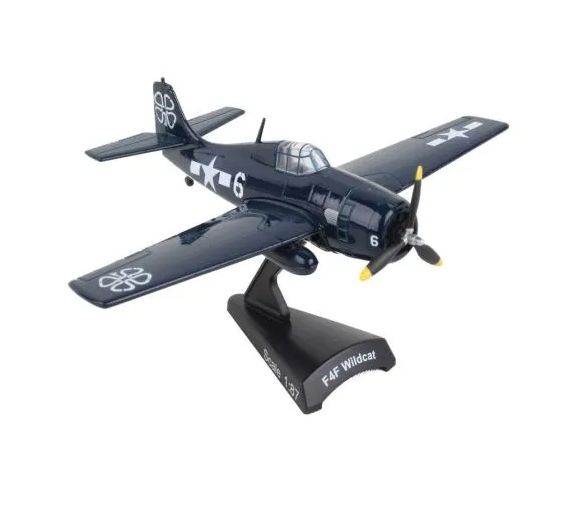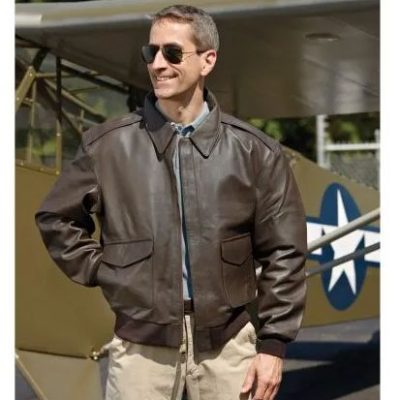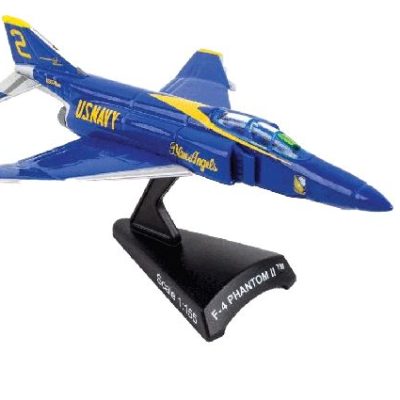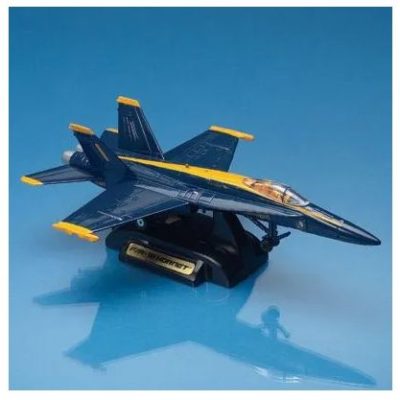Description
F4F Wildcat Die-Cast Model
Type of Aircraft: USN, and USMC Carrier Based Fighter, Bomber, and aerial reconnaissance
Nation of Origin: USA
Period: Operation WWII North Atlantic and Pacific.
Produced: From: 1940 to 1945
Role: The Wildcat was the first U.S. naval fighter with a retractable landing gear mainly used as a carrier launched aircraft.
Manufacturer: North Grumman and General Motors
Historical Data of Aircraft:
From Wikipedia, the free encyclopedia
The Grumman F4F Wildcat is an American carrier-based fighter aircraft that entered service in 1940 with the United States Navy, and the British Royal Navy where it was initially known as the Martlet. First used by the British in the North Atlantic, the Wildcat was the only effective fighter available to the United States Navy and Marine Corps in the Pacific Theater during the early part of the Second World War. The disappointing Brewster Buffalo was withdrawn in favor of the Wildcat and replaced as aircraft became available.
With a top speed of 318 mph (512 km/h), the Wildcat was outperformed by the faster (331 mph (533 km/h)), more maneuverable, and longer-ranged Mitsubishi A6M Zero. US Navy pilots, including John “Jimmy” Thach, a pioneer of fighter tactics to deal with the A6M Zero, were greatly dissatisfied with the Wildcat’s inferior performance against the Zero in the battles of the Coral Sea and Midway. The Wildcat has a claimed air combat kill-to-loss ratio of 5.9:1 in 1942 and 6.9:1 for the entire war.
Lessons learned from the Wildcat were later applied to the faster F6F Hellcat. While the Wildcat had better range and maneuverability at low speed, the Hellcat could rely on superior power and high speed performance to outperform the Zero. Wildcat production continued throughout the remainder of the war, with Wildcats serving on escort carriers, where the larger and much heavier Hellcat could not be used.





